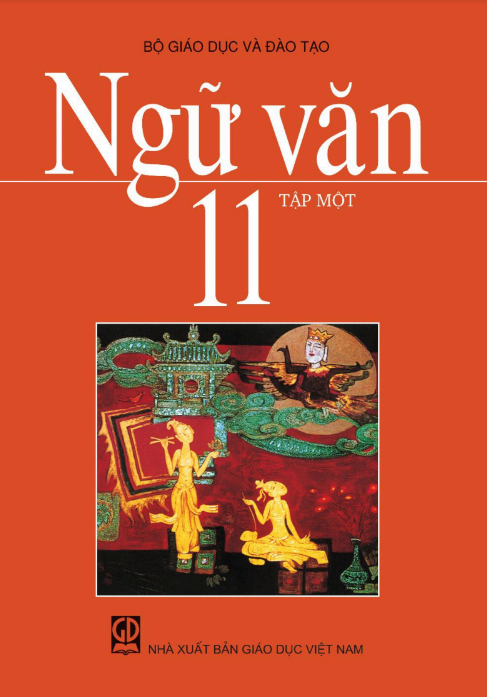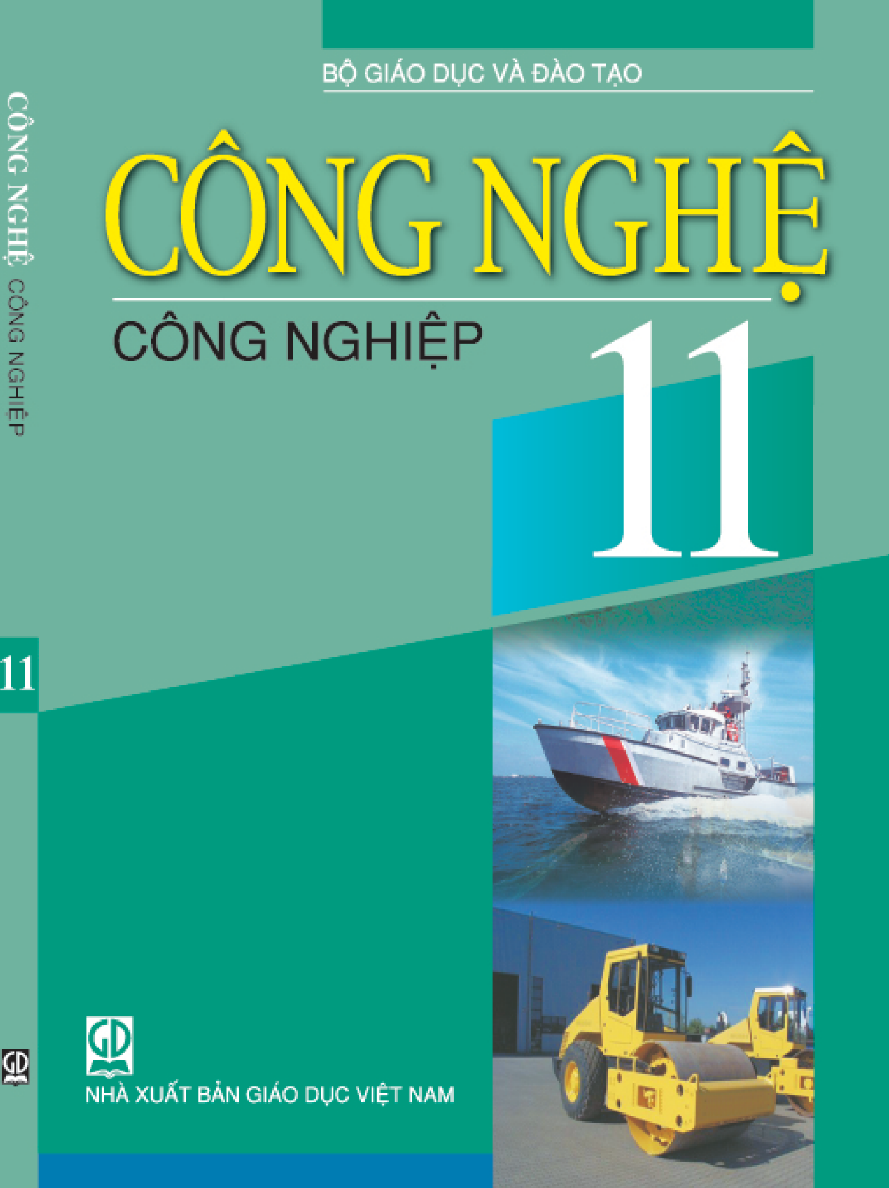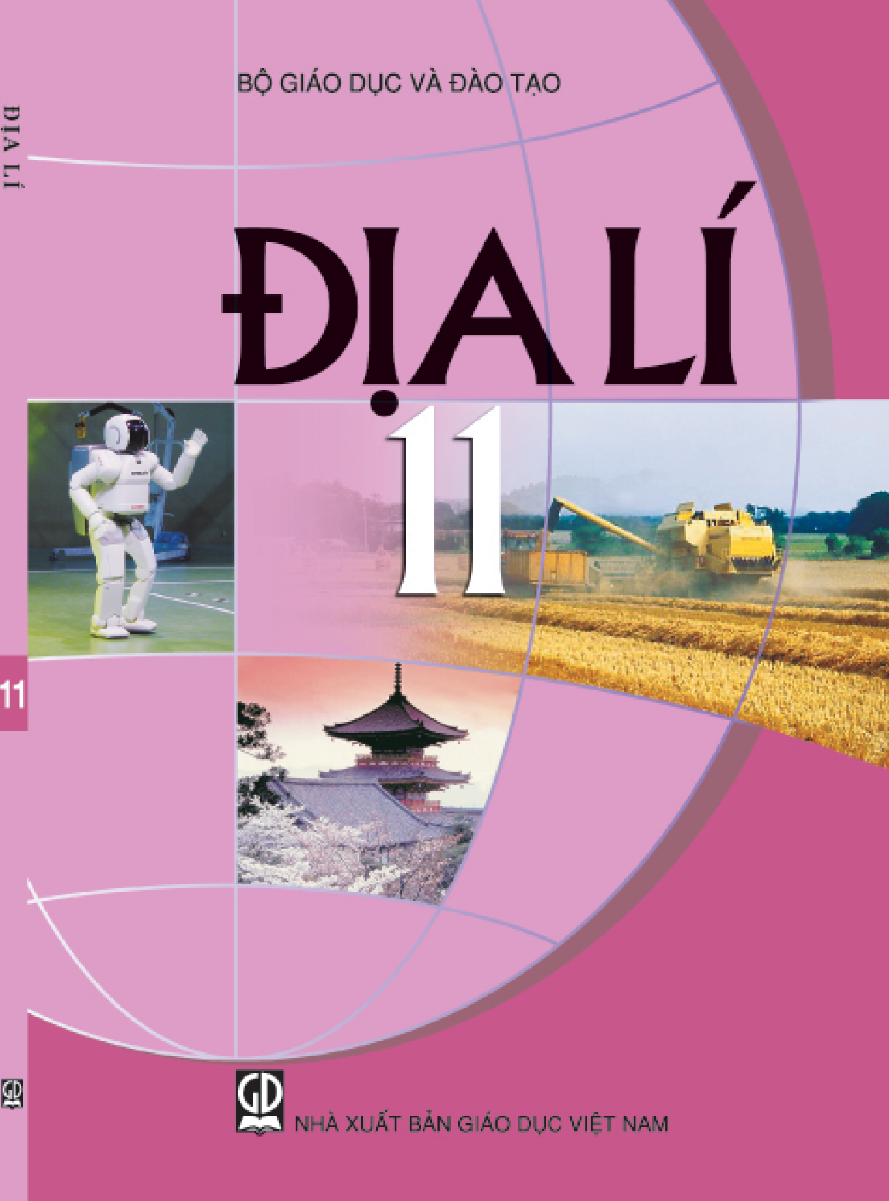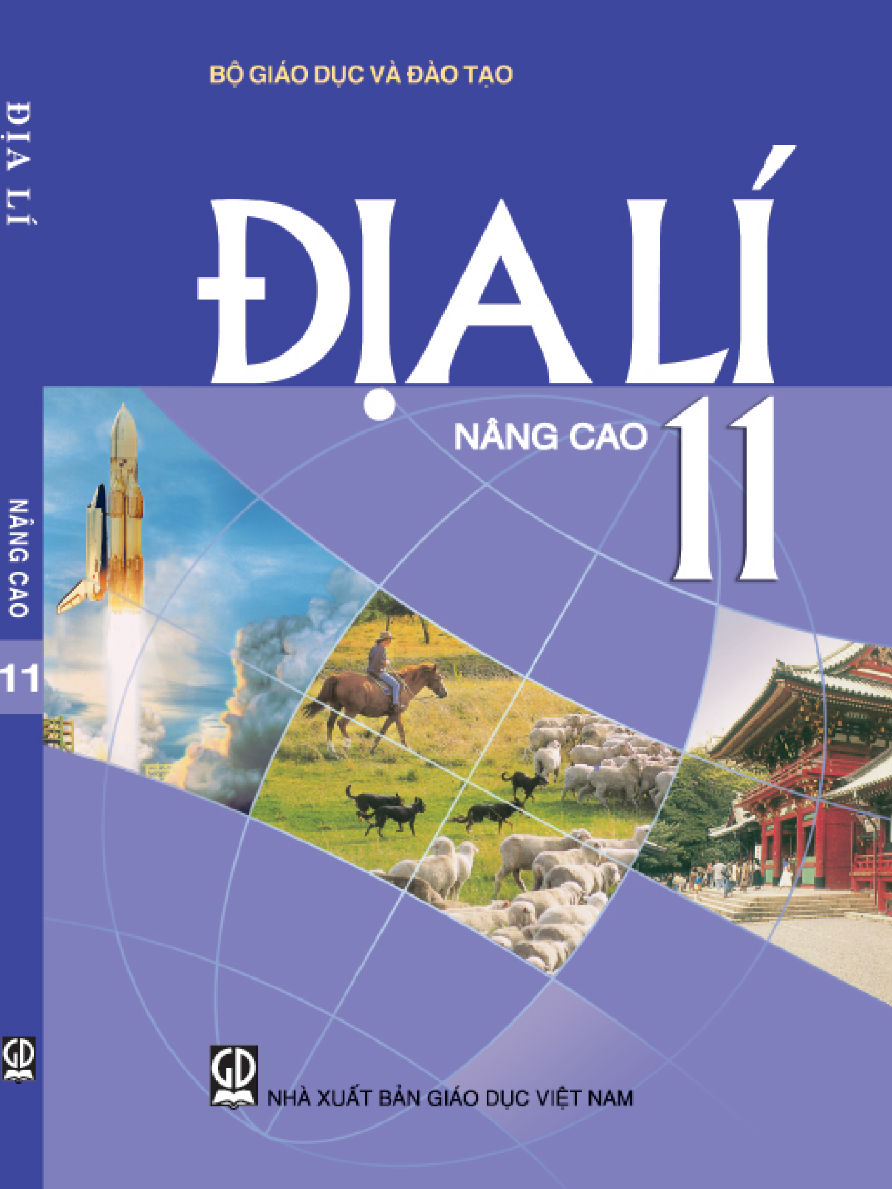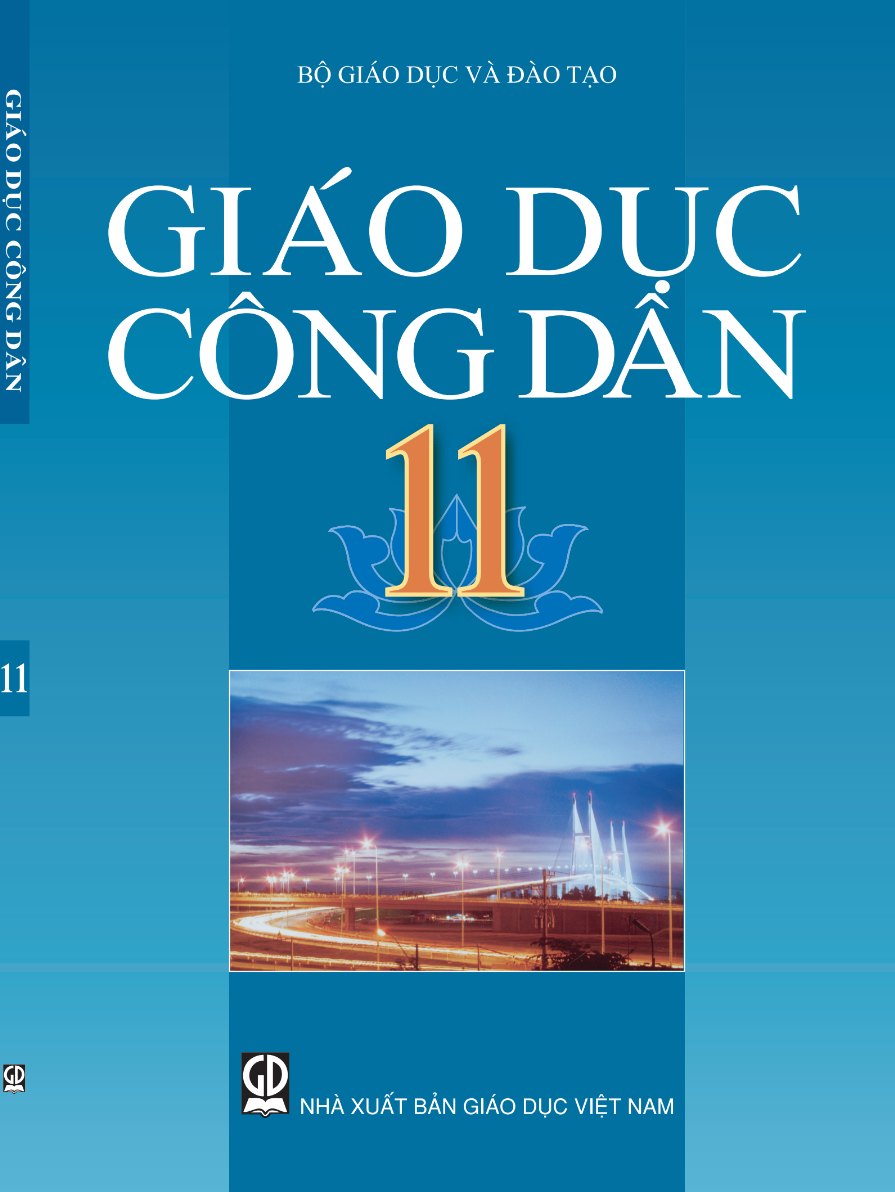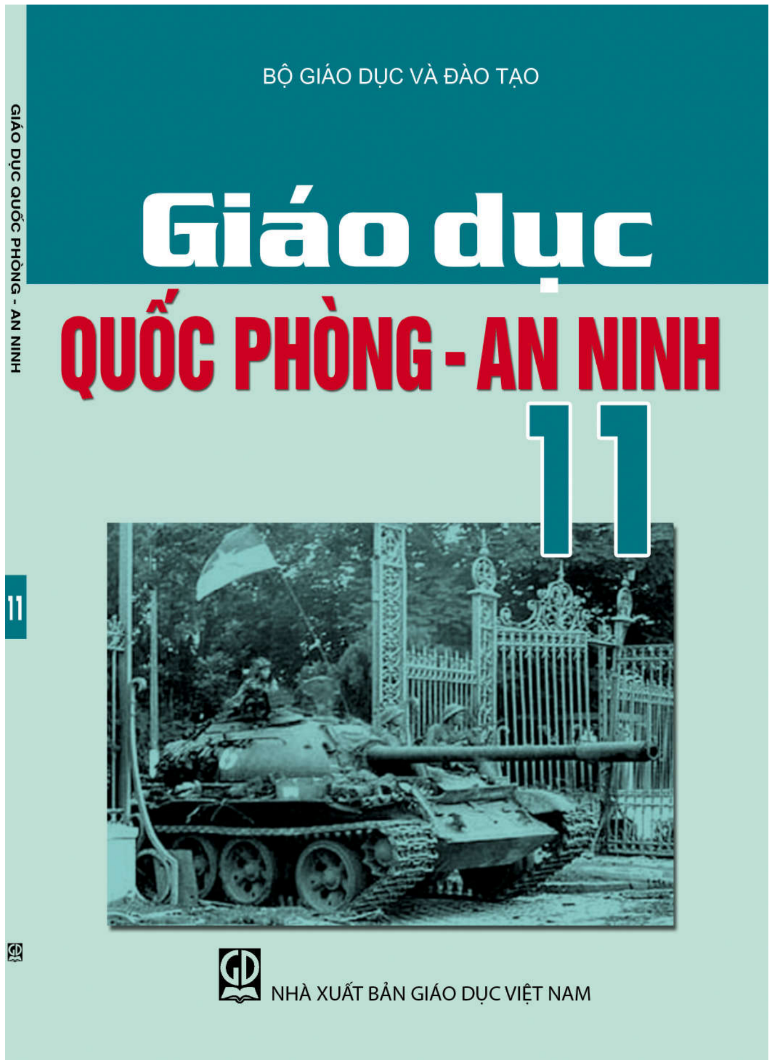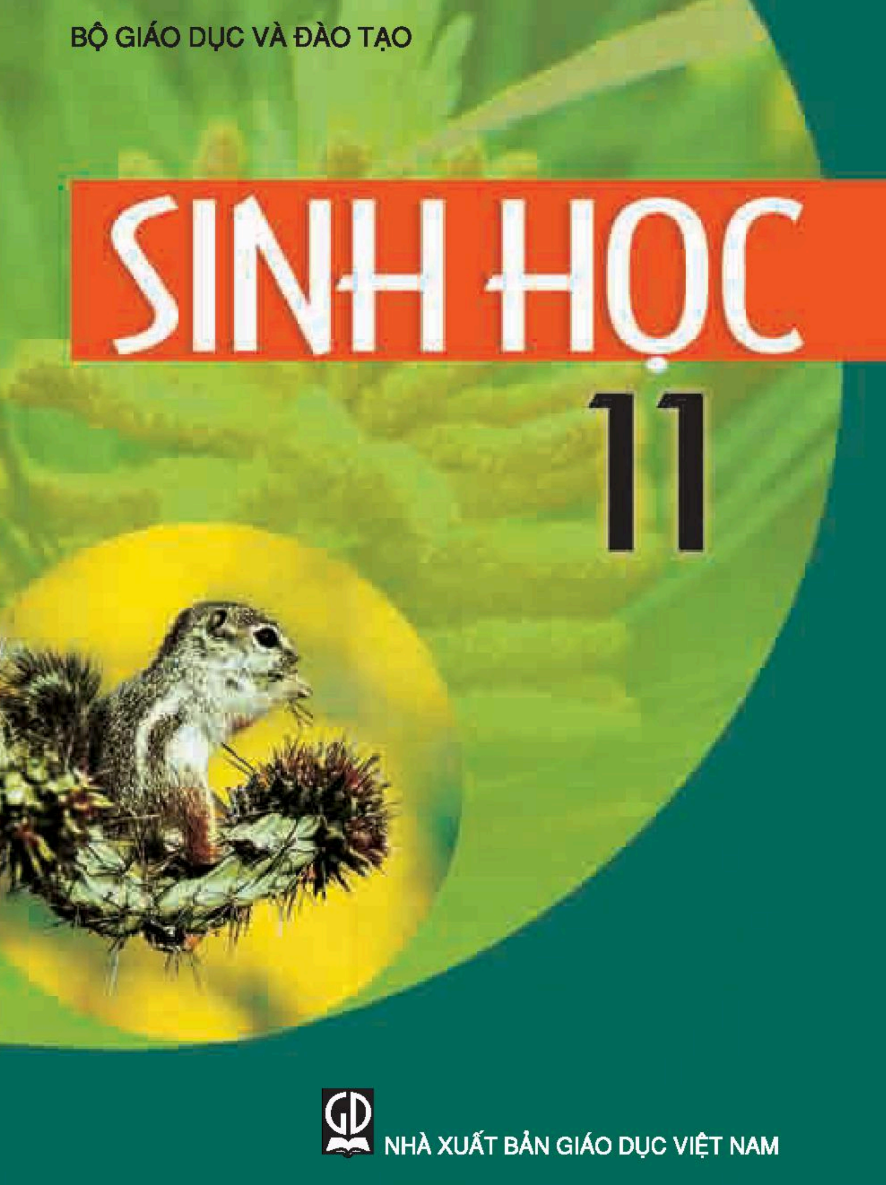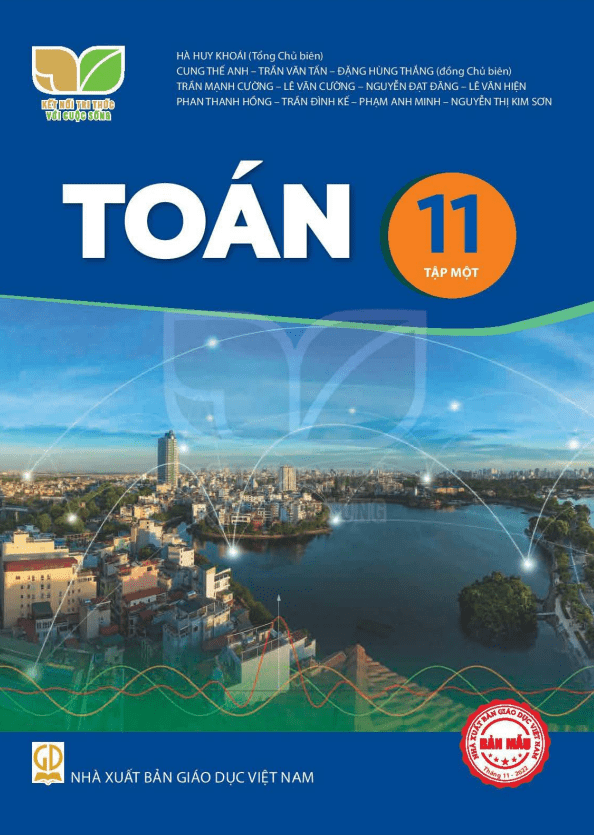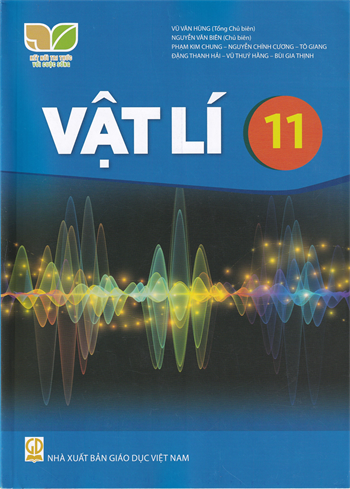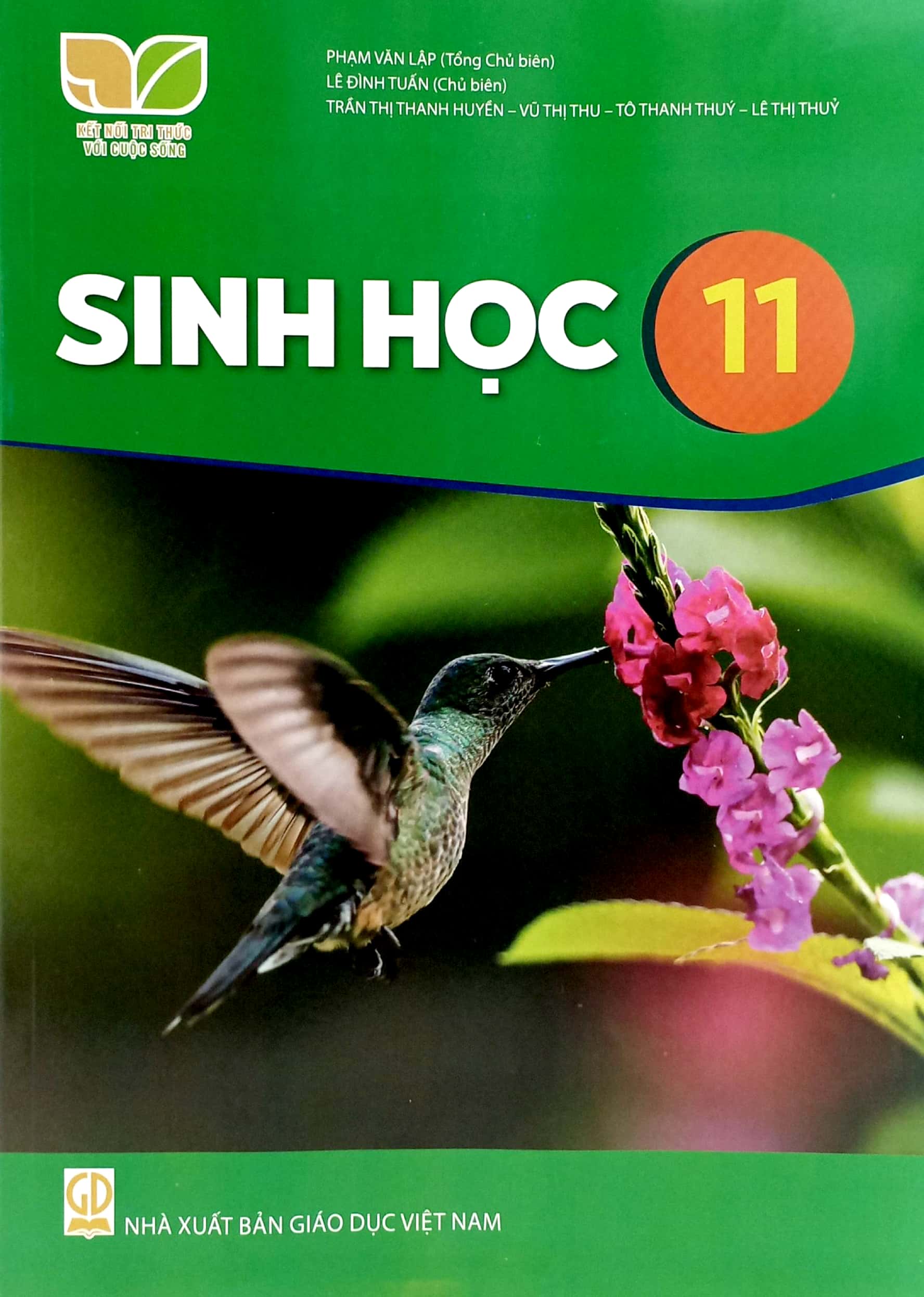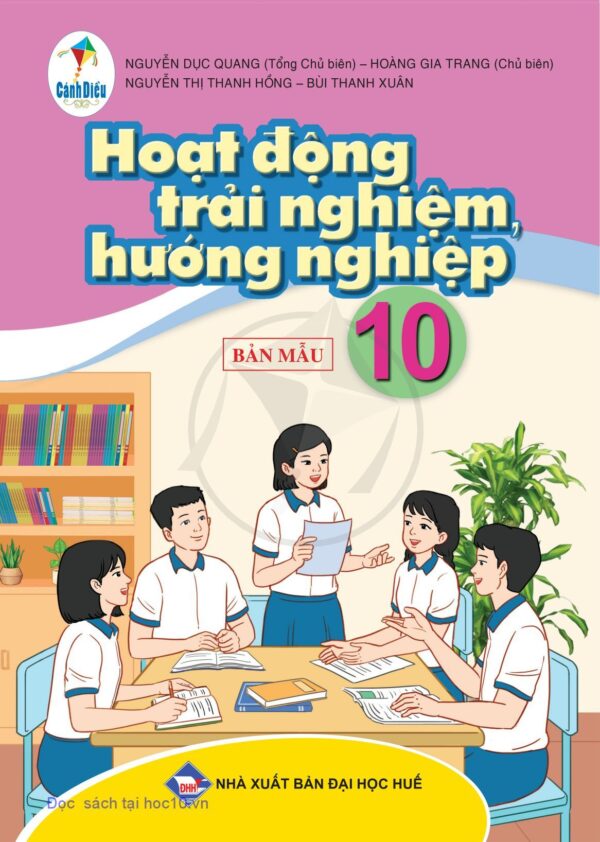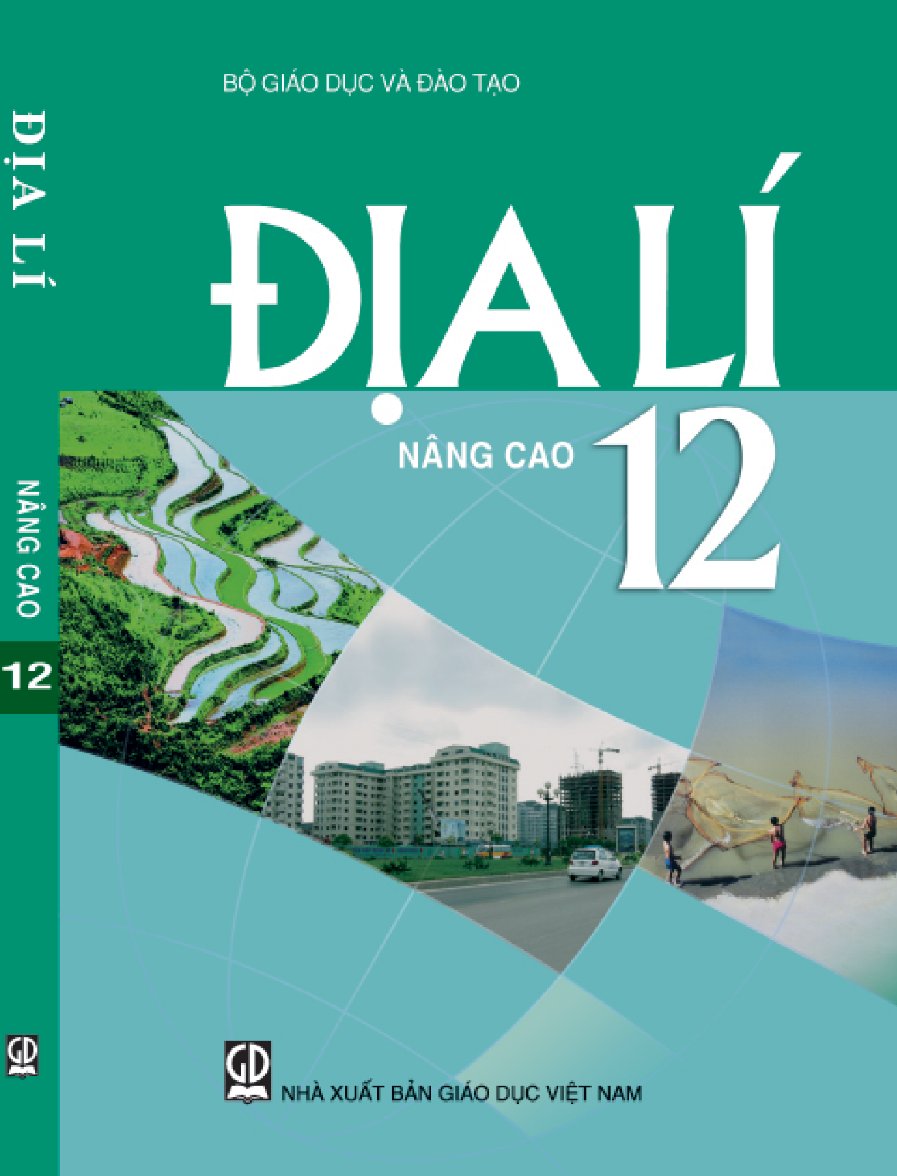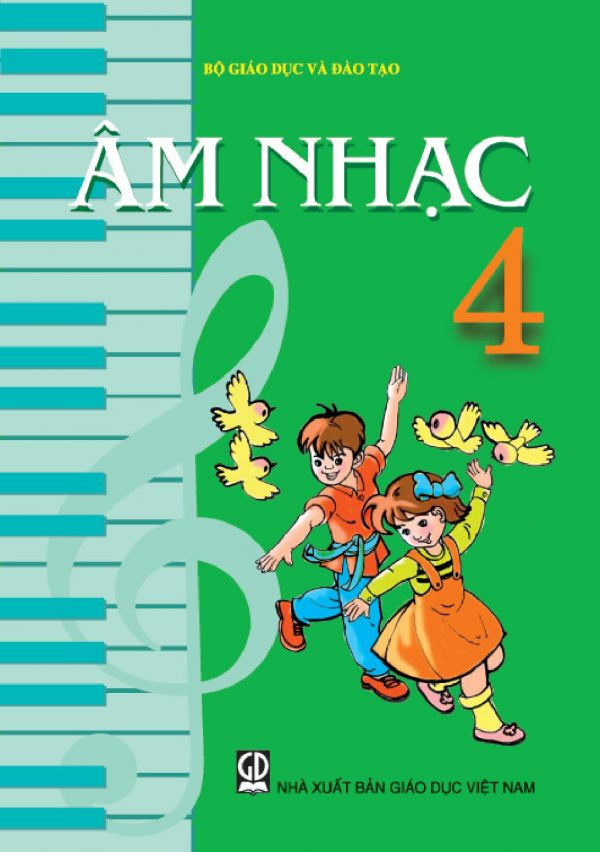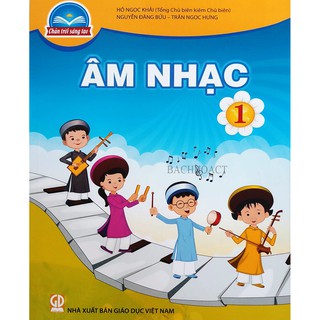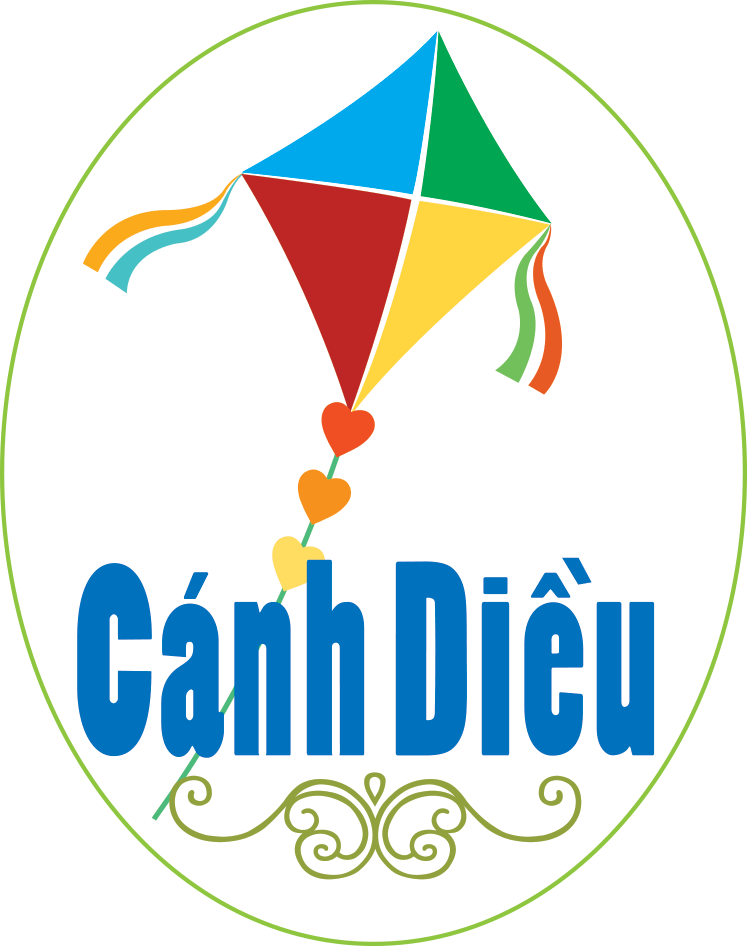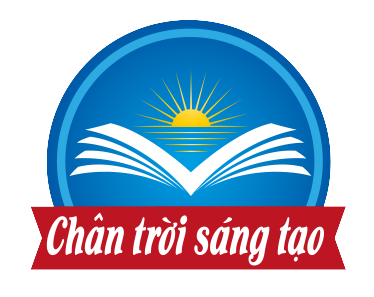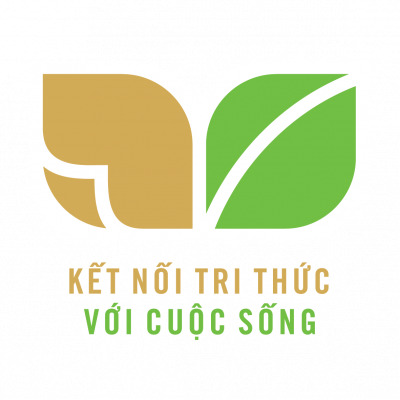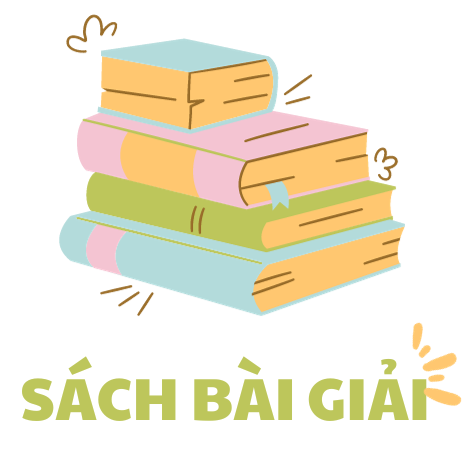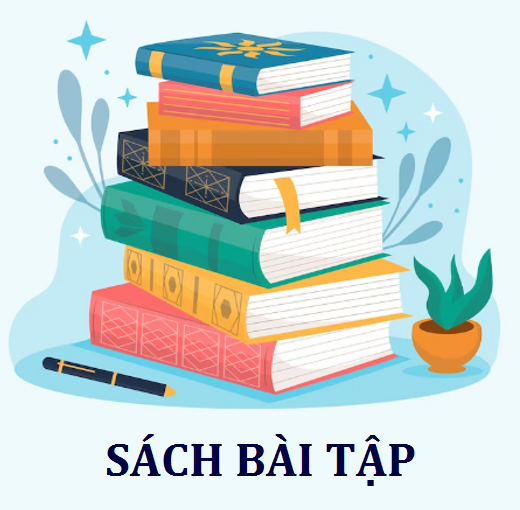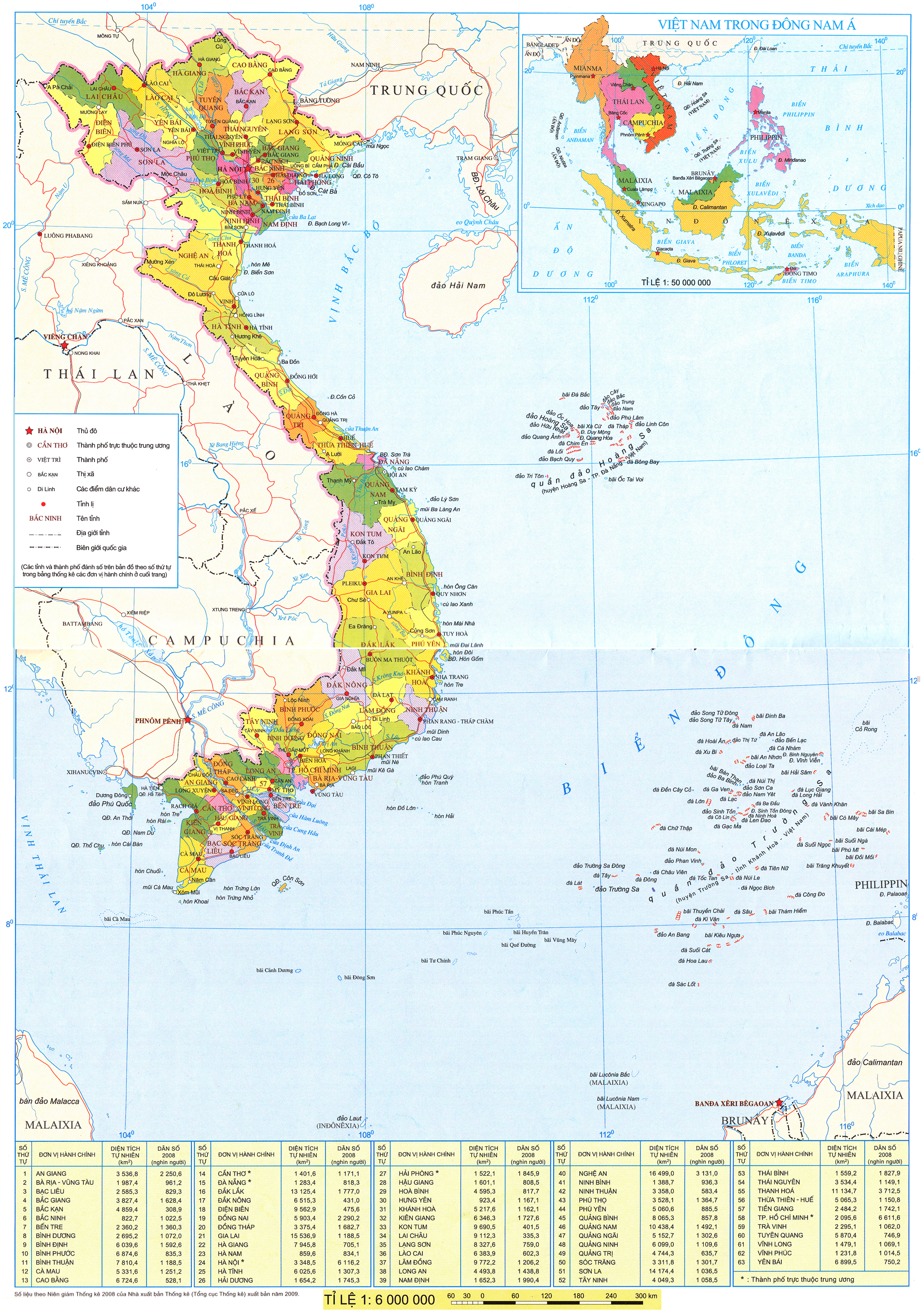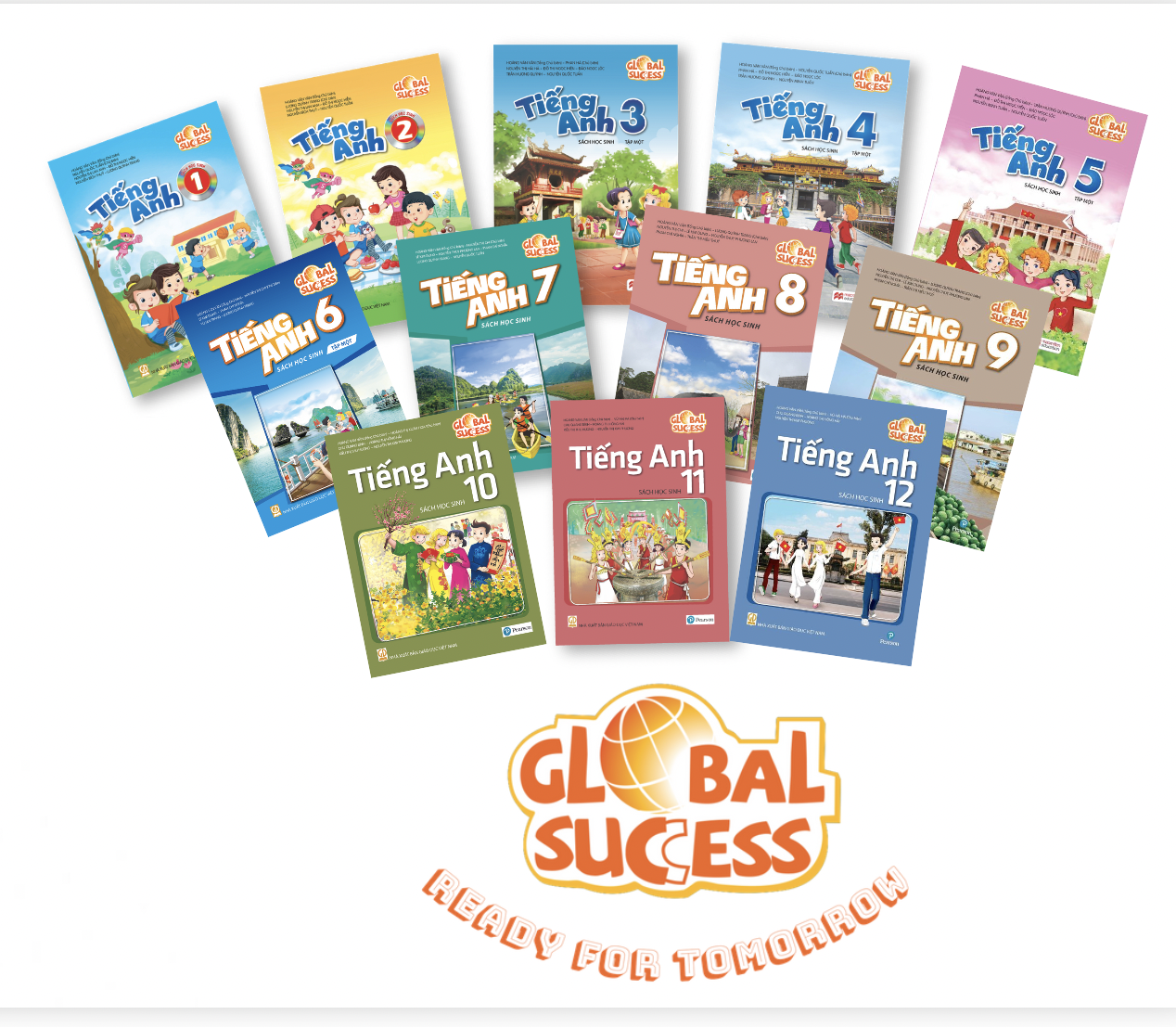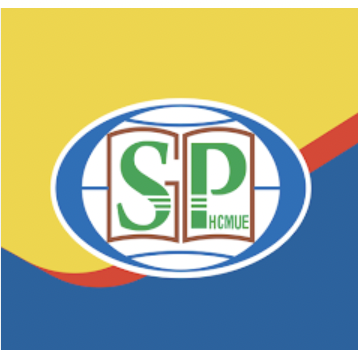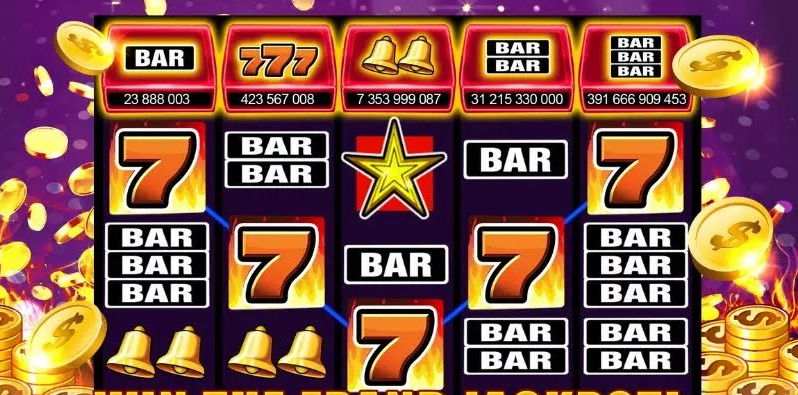(Page 22)
D GOAL Discuss Endangered Languages
Reading 🎧10 (Optional)
A in pairs, discuss the questions.
1. How many languages are spoken in your country?
2. How many languages do you speak?
3. Do you think language and culture are related?
B Are these statements true or false? Answer before you read the article. Then read and check.
1. Most people in the world speak a "large" language with many speakers.
2. We will not lose any more languages in the future.
3. Few people are learning the Maori language.
4. Technology is a danger to languages.
C For each idea, circle the TWO correct examples from the article.
1. world languages with the largest number of speakers
a. Hindi b. Maori c. Spanish
2. Tuvan words that show a connection with animals
a. ak byzaa b. songgaar c. ezenggileer
3. technology that helps save endangered languages
a. telephones b. the Internet c. talking dictionaries
D What do the following numbers refer to in the article?
7,000 500,000 230
✔️GOAL CHECK
Discuss the questions in a small group. Then share your ideas with another group or with the class.
1. Why might it be important to speak one of the world's "large" languages? Make a list of 3-4 reasons.
2. Why are organizations trying to save endangered languages? Why are those languages important?
Endangered Languages
There are around 7,000 languages in the world today. However, most people speak the largest languages: Chinese, Spanish, English, Hindi, Russian, Arabic, and others. So what about the smaller languages? According to the UNESCO Atlas of the World's Languages in Danger, around one-third of the world's languages now have fewer than 1,000 speakers. We may soon lose those languages completely. In fact, 230 languages became "extinct" between 1950 and 2010.
Unfortunately, when we lose a language, we also lose its culture and knowledge. That's because people in different places have different ways of living and thinking. One example of this is the Tuvan language of southern Siberia. Tuvan people depend on animals for food and other basic needs. Their language shows this close connection between people and animals. The Tuvan word ezenggileer, for example, means "to sing with the rhythms of riding a horse." And the word ak byzaa is "a white calf less than one year old."
In some places, people are working to save traditional languages. Many schools in New Zealand now teach the Maori language. This helps connect native New Zealanders to their Maori culture. And Welsh is spoken by around 500,000 people in Wales. The Welsh government is working to increase that number to one million by 2050.
Technology could be another way to save endangered languages. National Geographic's Enduring Voices project has created "Talking Dictionaries" - the recorded voices of people communicating with each other. All of them are fluent speakers of endangered languages. And because these dictionaries are available to anyone on the Internet, people now and in the future can leam some of the vocabulary, greetings, and grammar rules of past languages.
extinct (adj) a language is extinct when it has no living speakers
rhythm (n) a regular series of sounds or movements
calf (n) a young cow
(Page 23)

K. David Harrison, co-director of the Enduring Voices project, works with Abamu Degio and Anthony Degio to record songs In Koro Aka, an endangered language from northern India.
